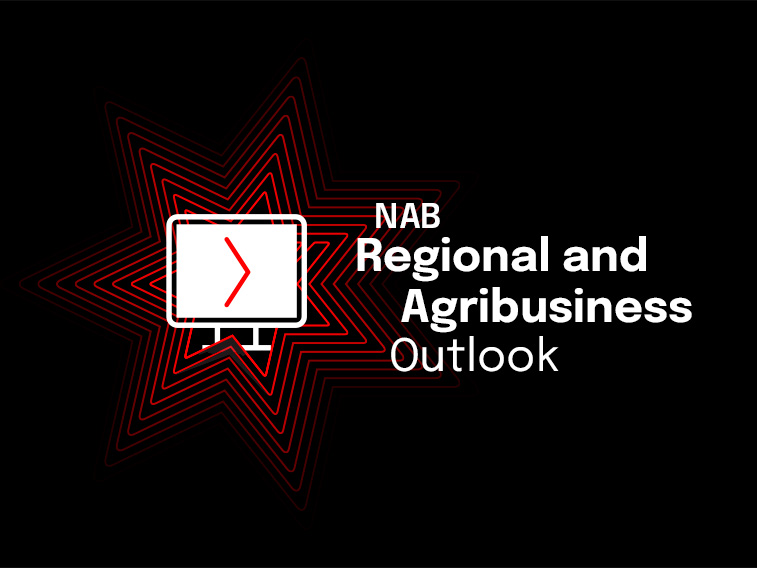The latest NAB Regional & Agribusiness webinar provides insights on the Australian & Global Economies, and a regional and rural property update. Watch the webinar here.

Webinar
When it comes to sustainability and eco-innovation, this fifth-generation wine-making family is an Australian success story.

A 160-year history doesn’t have to be a recipe for traditional ways of doing things. Tahbilk Winery, Victoria’s oldest family-owned winery, is an industry leader when it comes to environmental protection and sustainability.
Now in its fifth generation under the Purbrick family, Tahbilk was one of the first Australian wineries to be certified carbon neutral at both organisation and product level. And with the help of three green loans1 from NAB, Tahbilk is continuing to build on its sustainability credentials.
One of its biggest projects is the installation of 300kW of solar across three sites, to reduce grid energy consumption by 39 per cent and reduce its bills in the process. The capital outlay required for the project was substantial, but Tahbilk was able to secure finance through NAB to help them achieve their goals.

Michelle Symeonidis, Tahbilk’s Group Chief Financial Officer, says favourable term loans were crucial to achieving the company’s energy transition goals.
“In terms of costs, this is the biggest sustainability project we’ve entered into – over half a million dollars for the three installations. So from a cash flow point of view, it was much easier and much better to finance it rather than to stump up all the cash in one go.”
Symeonidis says that Tahbilk’s sustainability credentials are resonating with consumers, and also improving its bottom line by reducing Tahbilk’s exposure to fluctuating energy market prices.
“Over the last five or six years, we’ve seen a 33 per cent increase in energy prices,” Symeonidis says. “But this solar has basically flattened it out.”
The panels also provide resilience against blackouts – a not-infrequent occurrence in rural Victoria.
Carbon initiatives are a huge component of Tahbilk’s sustainability credentials, with the winery certified carbon neutral in 2013, and continuing to reduce its reliance on offsets through projects like the solar installations.
“As an organisation, we’ve been able to reduce our emissions by 40 per cent over the past seven or eight years,” says Lachie Thomas, environment and vineyard research analyst at Tahbilk.

“For the winery, about two-thirds of our emissions’ footprint is our energy usage. And of that energy usage, about two-thirds is related to our refrigeration,” Thomas explains.
“So we’ve put a lot of time and effort into overhauling our refrigeration system.”
Other energy-saving initiatives included painting the restaurant roof in a NASA-designed heat-reflective paint, which reduced our need for air-conditioning. Land and property management techniques play a role too; reducing the use of pesticides is a cost-saver, but it also minimises Tahbilk’s carbon footprint by cutting out the emissions used in producing, transporting and using the pesticides.
Key to enabling the reduced use of pesticides, Tahbilk is cultivating different species of flowering plants in and around the vine blocks.
“We’re providing habitat for beneficial insects to live in, and they can then move out into the vineyard during the growing season and summer to be part of our pest management program,” Thomas explains. “So rather than having to spray insecticide, we’re providing habitat for predatory wasps, who then go and target the species that we’re looking at.”
Other initiatives include establishing wildlife corridors and protecting wetlands. According to Thomas, promoting soil health and biodiversity can lead to more productive vines and grapes with fuller, richer character.
Sustainability is a constant journey of improvement for Tahbilk, with the solar projects just one of various sustainability projects planned.
So too are they committed to continually redefining the wine they create, how they produce it, and their relationships with the land that nourishes it and the customers who love it.
“When it comes to wine, we often talk about terroir; about the wine being an expression of place,” Thomas explains.
“So it’s really about having a healthy, living, diverse ecology, and our wines being our vessel to express that.”
© National Australia Bank Limited. ABN 12 004 044 937 AFSL and Australian Credit Licence 230686.